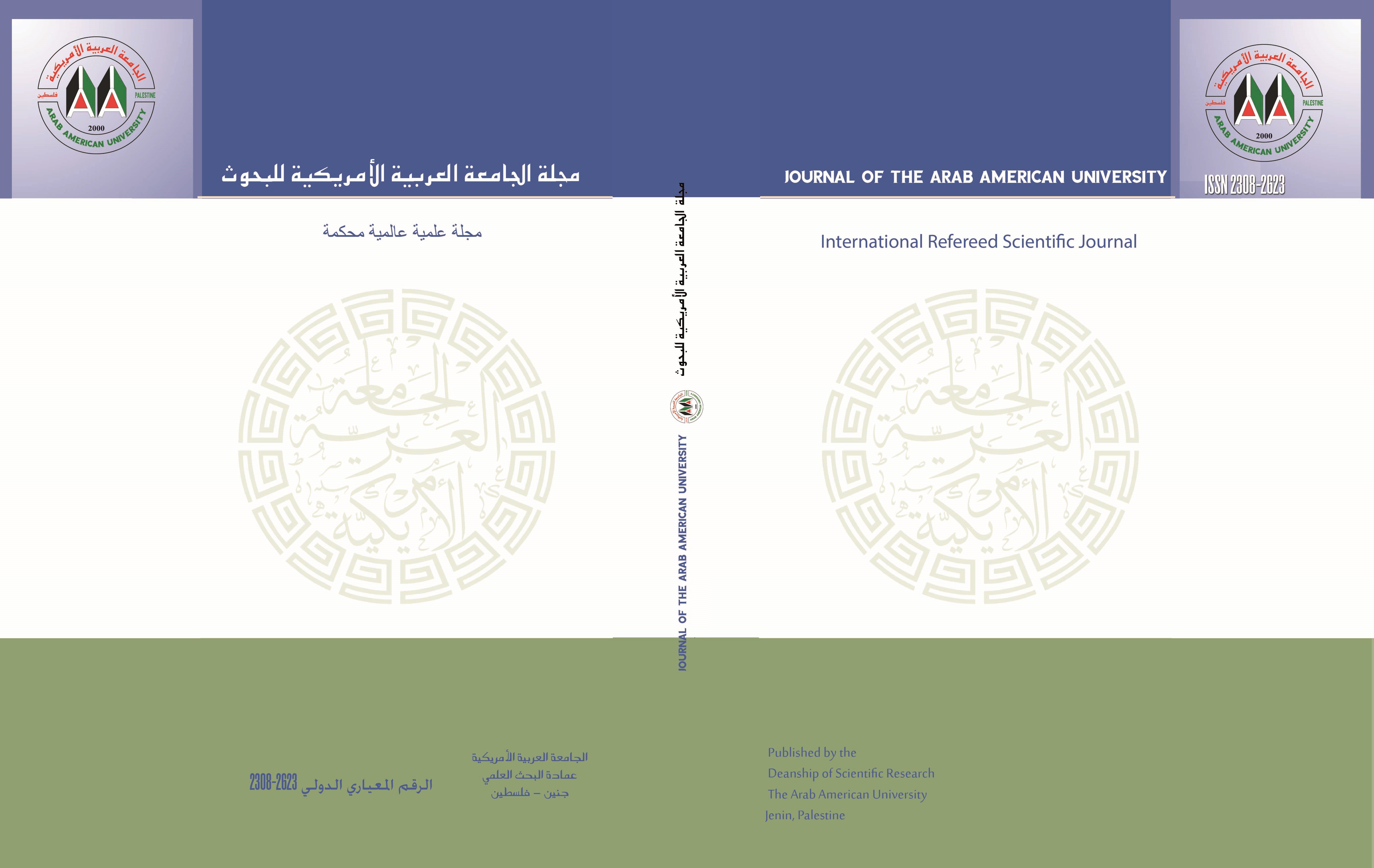Journal of the Arab American University مجلة الجامعة العربية الامريكية للبحوث

Abstract
In recent years, heart disease, diabetes, and some types of cancers have been reported as some main causes of death in most countries of the world, and obesity, which is often attributed to excess body fat, is one of the most common risk factors for these diseases. To make the vast amounts of data produced by health care information systems useful to the potential, the researchers applied knowledge discovery through predictive modeling. This study used anthropometric measurements as input data to different data mining techniques to predict body fat percentage. Fisher’s Method of Scoring was used to select the most effective features in the prediction process, which were represented by eight variables (abdomen, BMI, chest hip, neck, thigh, knee, and age). The selected features were used as input\output for data mining approaches like multiple regressions (MR), Support Vector Machine (SVM), and Artificial Neural Networks (ANNs). As a result, ANNs outperformed the other methods used to predict body fat percentage by correlation coefficient R²=0.77 with eight selected anthropometric parameters. This outperformance was attributed to ANNs high ability to predict and their understandable and implementable resulting knowledge. Therefore, the researchers concluded that ANNs could be used and applied to a dataset of the Palestinian population.
Recommended Citation
Amro, Hamsa and Awad, Prof. Mohammed
(2021)
"Prediction of Body Fat Percentage Based on Anthropometric Measurements Using Data Mining Approach,"
Journal of the Arab American University مجلة الجامعة العربية الامريكية للبحوث: Vol. 7:
Iss.
2, Article 1.
Available at:
https://digitalcommons.aaru.edu.jo/aaup/vol7/iss2/1

